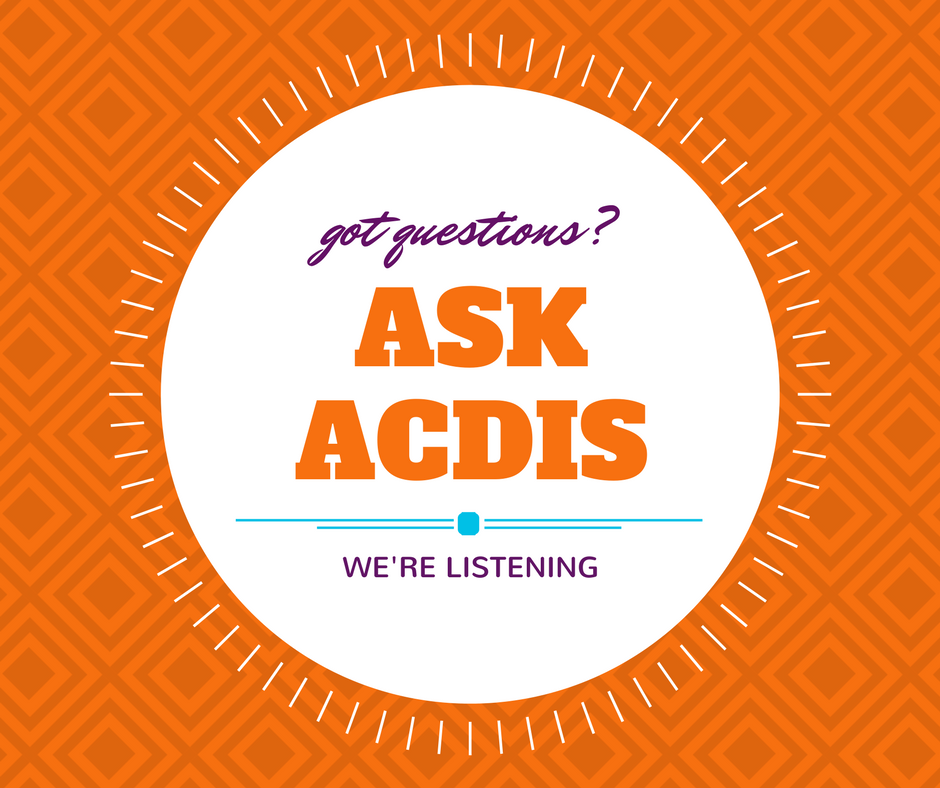Q&A: Choosing a principal diagnosis

Brodie answered this week's
Ask ACDIS Q&A.
Q: I’ve heard that if a condition cannot be identified as present on admission (POA), it will not keep the criteria for a principal diagnosis and cannot be sequenced as such. I recently had a patient who was admitted for syncope and all the workup was negative, but it’s likely secondary to hypotension and the patient suffered a stroke while admitted as an inpatient. Do I still have to use hypotension as the principal diagnosis, even though the treatment focus completely shifted to stroke?
A: You are correct. Under the Uniform Hospital Discharge Data Set (UHDDS) definition of the principal diagnosis, a condition must be POA to meet the criteria of the principal diagnosis. If, after study, the physician determines the syncope is due to hypotension, then they must state this in the discharge summary in order for it to be coded appropriately. Remember, any diagnosis documented as likely, probable, or suspected must remain as such at the time of discharge and must be documented at the time of discharge as such.
If the patient was admitted to the facility for hypotension and suffered a stroke after admission, the stroke would not meet the criteria for the principal diagnosis and would be coded as a secondary diagnosis if it meets the UHDDS criteria of a secondary diagnosis. Now, depending on the final DRG assignment, it may not change the level of severity for that DRG type but it would impact the patient’s severity of illness/risk of mortality.
Editor’s Note: Sharme Brodie, RN, CCDS, CDI education specialist and CDI Boot Camp instructor for HCPro in Middleton, Massachusetts, answered this question. For information, contact her at sbrodie@hcpro.com. For information regarding CDI Boot Camps offered by HCPro, visit www.hcprobootcamps.com/courses/10040/overview.
